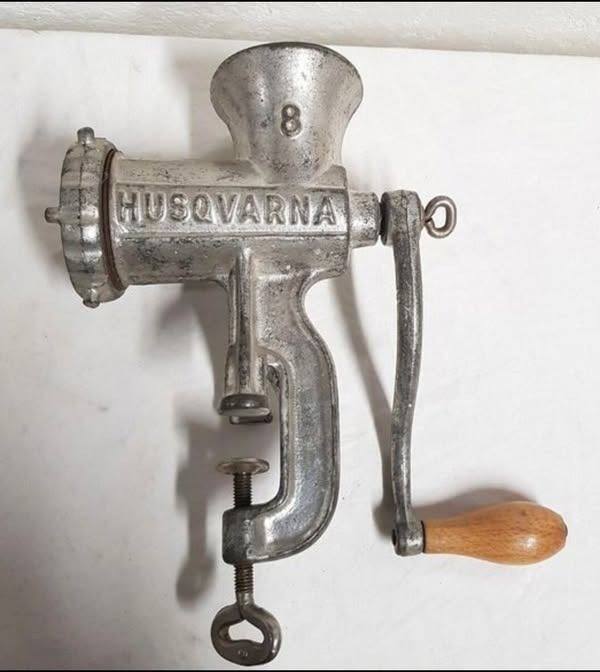Shared nostalgia & craftsmanship: Seeing the device brought back memories for many of older kitchens, seasonal preserving, or early home-butchery setups.
The joy of solving a mystery together: Internet sleuthing can be playful and rewarding — a kind of collaborative detective work.
A reminder of how tools evolve: The mincer once was essential, now many houses skip it entirely. Seeing it sparks reflection on how we eat, process food, and the machines we once used.
Lessons in internet behavior: The situation also reminds us of both the strengths and weaknesses of crowdsourced identification — it works, but can also lead to misidentifications if people stop verifying.
👀 What to Take Away
If you spot a weird tool, gadget, or object: post a clear photo, give any context you know, and be open to collaborative input.
Crowd-search works best when people share sources (catalogues, patents, old ads) rather than just guessing.
This kind of sleuthing shows how digital communities can tap obscure knowledge quickly — but always treat the result as likely rather than definite until confirmed.
On a larger level, it underscores that objects around us often carry hidden histories: technology, culture, and domestic life all leave traces in the tools we use.

